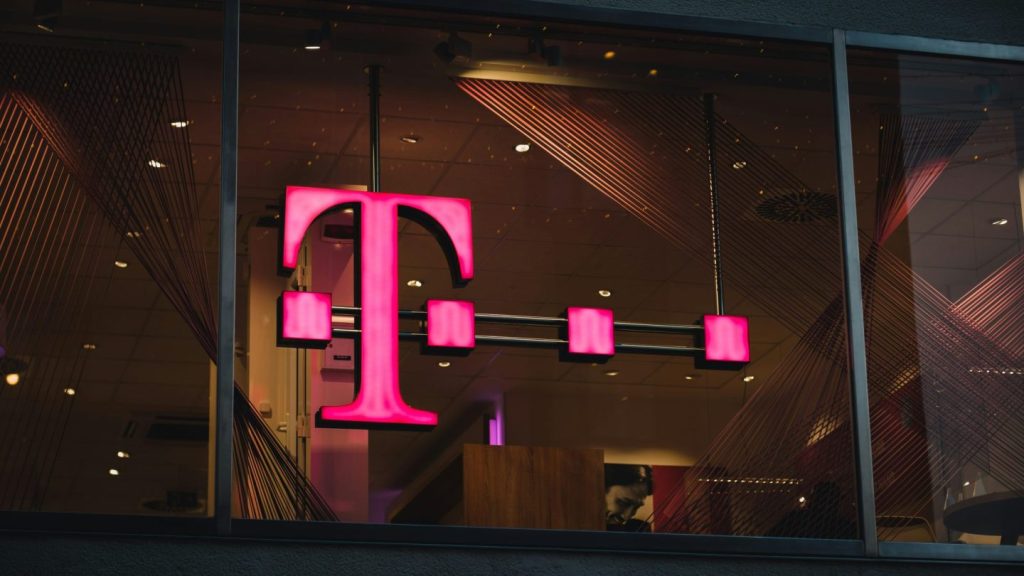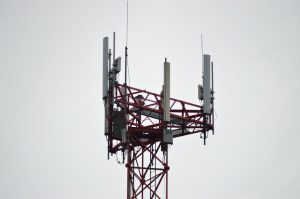T-Mobile Introduces L4S Network Feature for 5G Advanced

T-Mobile is introducing a new network feature named L4S, which stands for Low Latency, Low Loss, Scalable Throughput, as part of its 5G Advanced upgrade. The feature is currently active in multiple U.S. cities with further expansions underway.
The L4S feature by T-Mobile aims to reduce latency, minimize data loss, and enhance responsiveness, even during peak network usage. This enhancement is beneficial for various applications including cloud gaming, XR headsets, video calls, and remote driving. While wired networks have utilized L4S previously, this marks the first widespread implementation in a wireless network in the U.S.
According to T-Mobile CTO John Saw, users do not require a new phone or specific plan to benefit from L4S as the improvements occur on the network side.
The 5G Advanced network of T-Mobile is structured differently from older 4G core systems. Utilizing a standalone 5G core allows T-Mobile to efficiently introduce features like L4S and continue to integrate advanced functionalities such as network slicing. This innovative approach is geared towards offering adaptable network performance tailored to the requirements of various applications and devices.
Furthermore, T-Mobile’s strategy enables real-time network data sharing with developers, empowering them to optimize their apps in response to evolving network conditions.
Remote Driving Enhancements
An application in which the benefits of L4S are evident is remote driving. Collaborating with Berlin-based company Vay, T-Mobile showcased how low-latency wireless connections facilitated remote vehicle operation with consistent connectivity, even in high-traffic areas.
T-Mobile conducted XR trials in partnership with Qualcomm and Ericsson, demonstrating the streaming of immersive content using slim smart glasses over the L4S-enabled network. Users experienced improved visual clarity, smoother motion, and reduced motion sickness symptoms, addressing common issues associated with XR technology. These trials indicate the potential of L4S to advance the adoption of XR devices.
Enhanced Cloud Gaming
L4S has already been integrated into cloud gaming services, including NVIDIA’s GeForce NOW, resulting in reduced lag and frame drops for players on T-Mobile’s network. Gaming experiences are reported to be more akin to console gaming.
The feature is also beneficial for video calling, particularly in crowded environments like airports and stadiums, where the network can dynamically adjust to prevent frozen video or disrupted audio. T-Mobile has tested this functionality with popular apps such as FaceTime.
Advancing Programmable Networks
T-Mobile considers L4S a fundamental component for customizable network features. Future plans involve leveraging L4S to provide diverse performance levels for gaming, XR, and live video applications based on their specific requirements.
Additionally, there is enthusiasm from partners regarding T-Mobile’s initiative to share real-time network data, enabling developers to optimize their apps promptly in response to network variations.
L4S is a part of the comprehensive 3GPP Release 18 specification and is set to be integrated into T-Mobile’s forthcoming enterprise solutions. While the feature deployment is ongoing, T-Mobile anticipates expanding its commercial applications in the near future.
See also: T-Mobile expands Starlink beta to AT&T and Verizon



